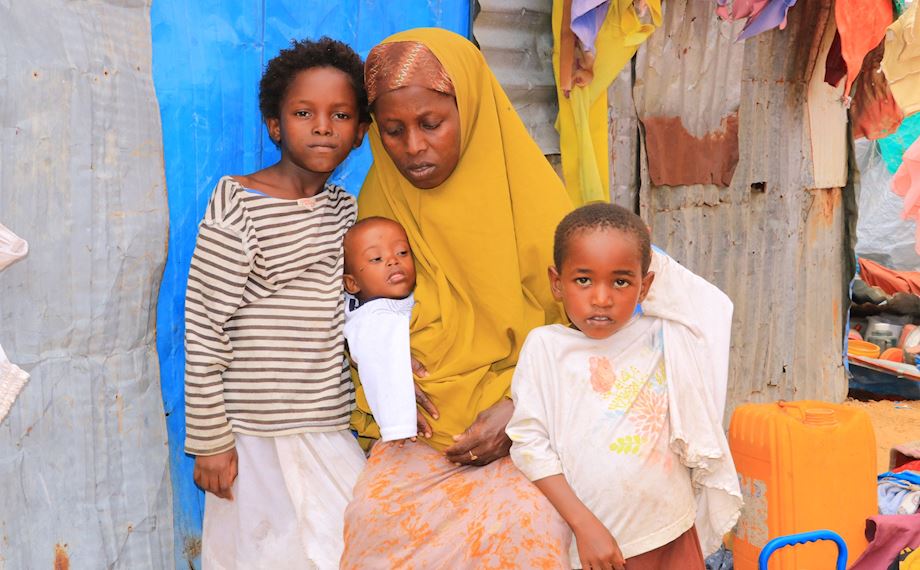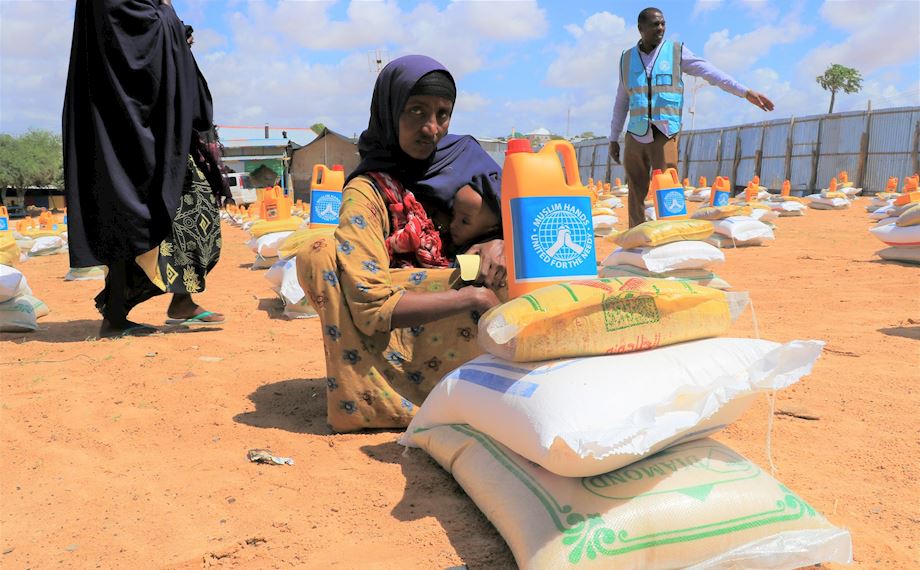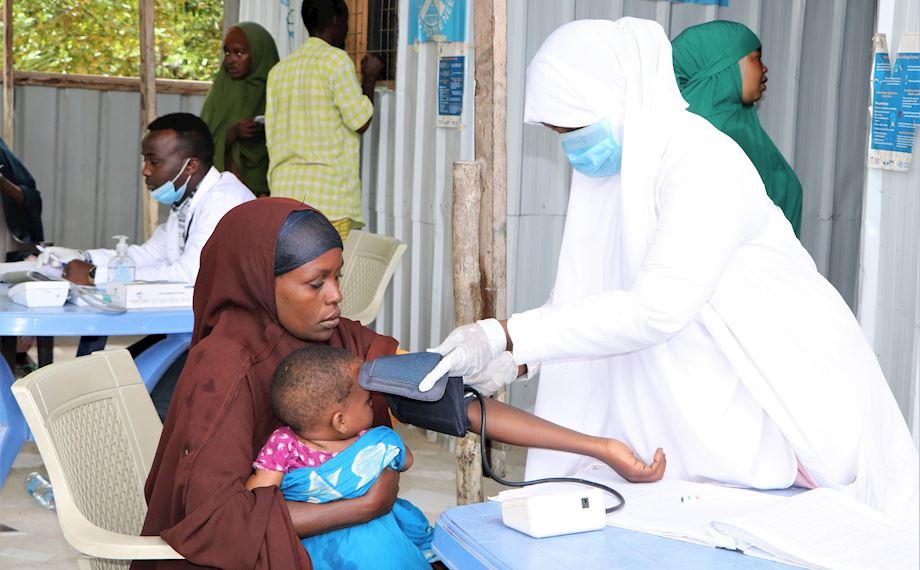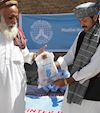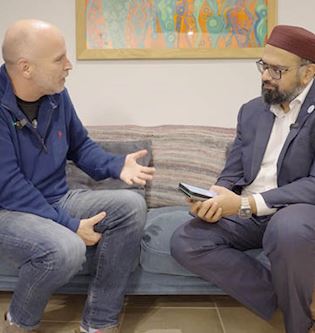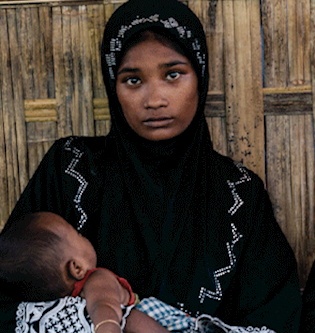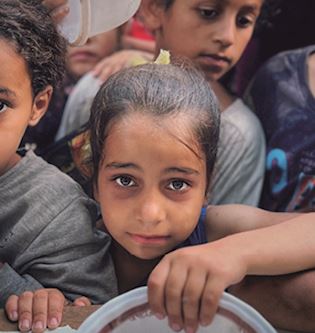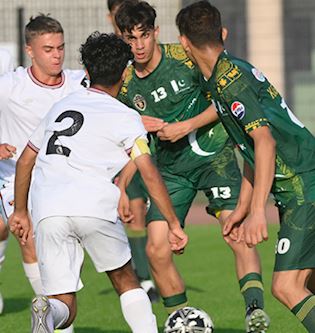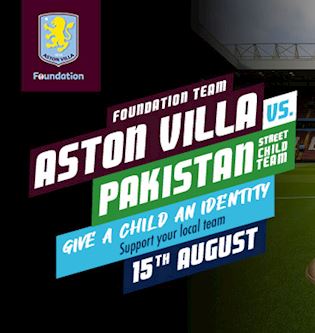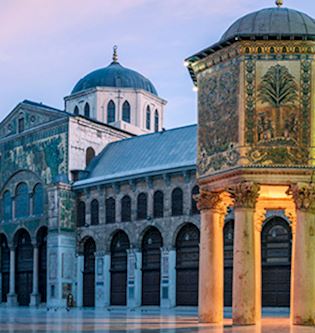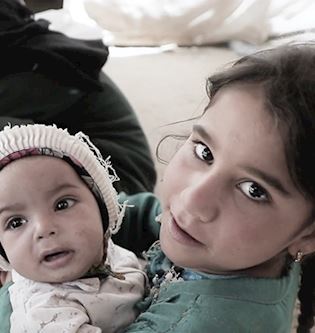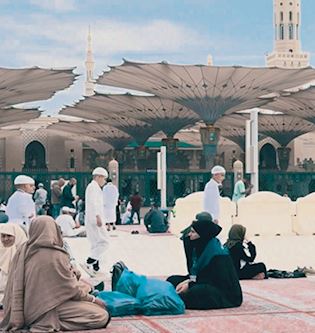The Origins of Islam in East Africa

In light of the dreadful drought emergency in Somalia and the Horn of Africa, we’ve compiled the following blog on the origins of Islam in the region. A lack of mainstream media coverage and desensitisation that has occurred through years of sustained crises in the region has made it all too easy to feel disconnected from what is happening there, but our collective history is deeply rooted in this part of East Africa, historically known to the Arabs as al-Habashah.
Although the name al-Habashah translates into English as Abyssinia, this would have included parts of Ethiopia, Eritrea and Somalia, as mentioned by scholars of Islam. Here are six important facts about the origins of Islam in East Africa:
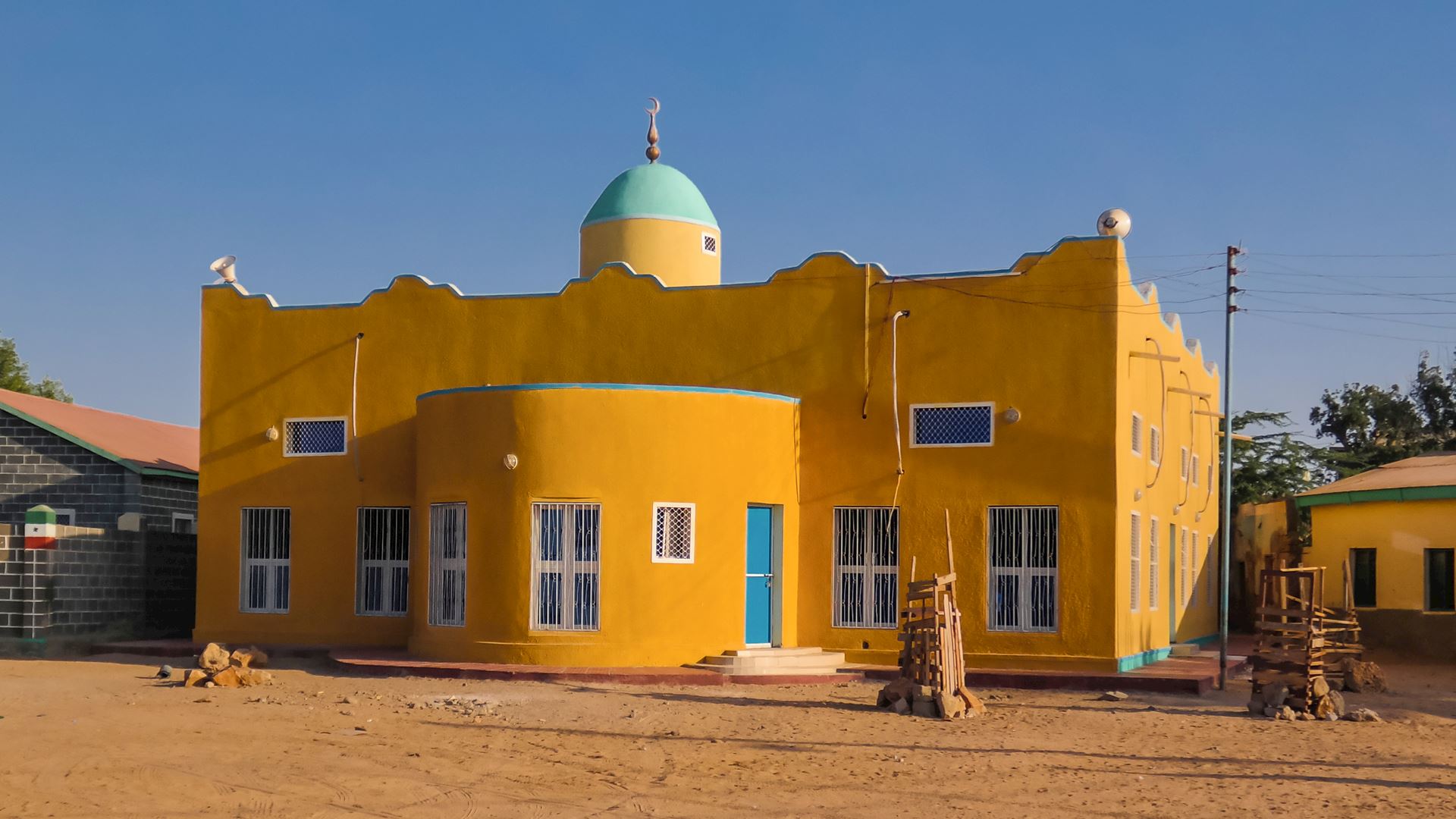
1. Islam arrived in al-Habashah before Madinah!
The origins of Islam in East Africa date back all the way to the life of the Prophet Muhammad (saw). The early years of the Message were filled with great difficulties. The Polytheists of Makkah began to persecute the early Muslims. So, the Prophet (saw) sent two delegations of Muslims to al-Habashah to escape the oppression at home.
East Africa was thus the first place that Islam spread to outside of the Arabian Peninsula and was the first part of the world that Muslims were able to practice their religion freely and without persecution.
2. The first two migrations (hijrah) were to al-Habashah
In the 5th year after Prophecy, in the month of Rajab, the Prophet (saw) sent the first delegation of Muslims to al-Habashah. He informed them that the king of the land was just and would allow them to reside there without oppression. 12 men and four women migrated to East Africa. The first group of Companions to make the Hijrah included ‘Uthman (ra) with his wife Ruqayyah (ra) (the daughter of the Prophet (saw)), as well as az-Zubair (ra), Ja‘far (ra) and Umm Salamah (ra) (who would later marry the Prophet (saw)).
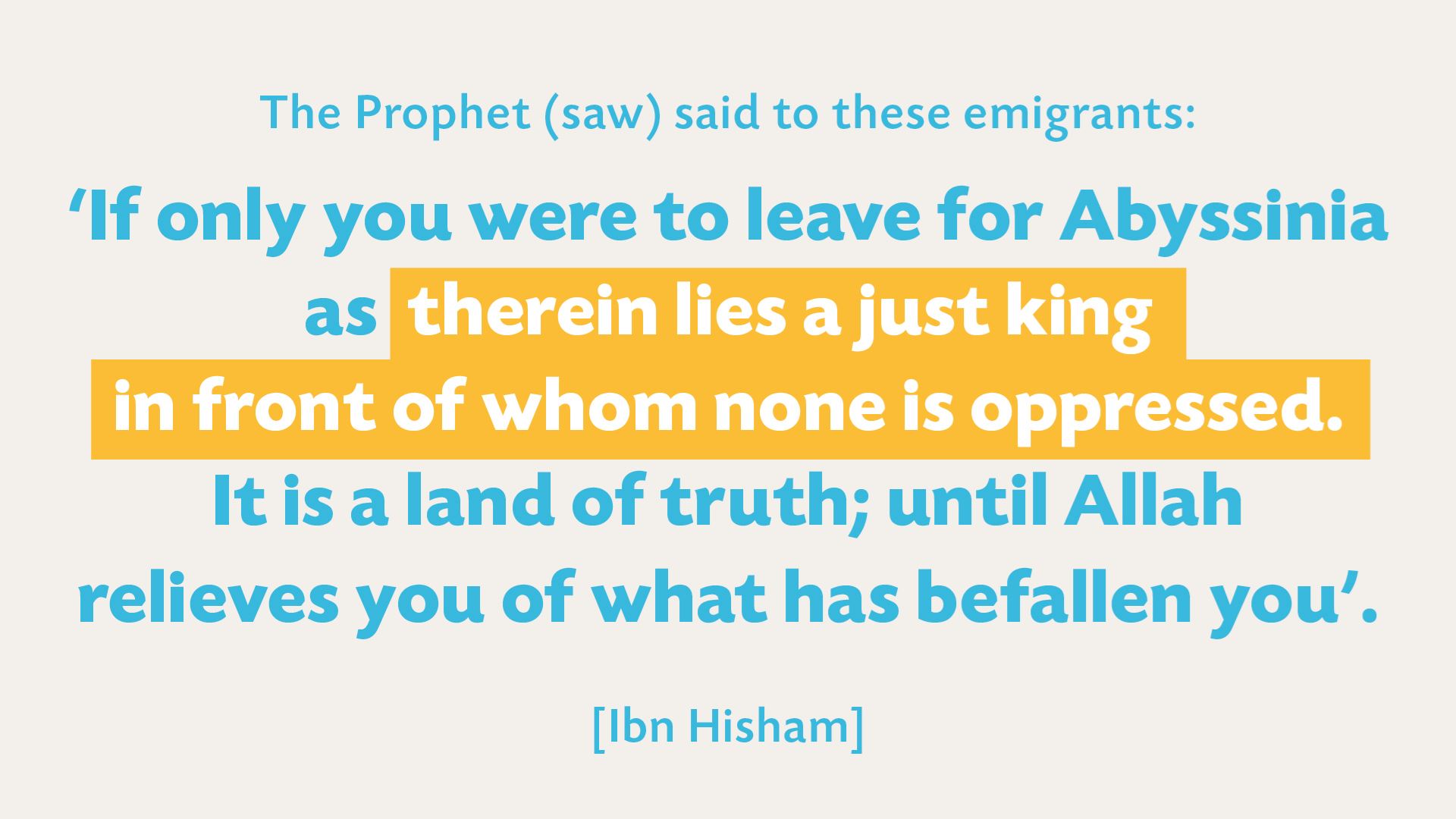
Negus is a title that was used to describe the kings of al-Habashah, and is the equivalent of Caesar and Khosrow. The Prophet (saw) wrote the following letter to the Negus:
‘In the name of Allah, the Most Gracious, the Most Merciful. From Muhammad, the Messenger of Allah [saw], to an-Najashi, king of Habashah. I praise Allah, the King, the Pure, The Perfect, the Bestower of Faith, the Overseer. I bear witness that ’Isa ibn Maryam [as] is the spirit of Allah and His word which he placed into Maryam [as], the virgin maiden, thus she bore ’Isa [as]. I call you to Allah alone without any partner [to Him,] and to follow me and believe in that which has been revealed to me, for I am the Messenger of Allah. I have sent my cousin Ja‘far [ra] to you with a party of Muslims. Peace be upon those who follow the [true] guidance’.
The second migration to East Africa included 83 men and 18 women. In response, the Quraish despatched ’Amr ibn al-’As and ‘Abdullah ibn Abi Rabi‘a (before they embraced Islam) with gifts for the Negus and his bishops. Their intentions were to bribe the Negus into allowing them to bring back the Muslims to Makkah for causing trouble amongst tribes and for abandoning their forefathers’ religion.
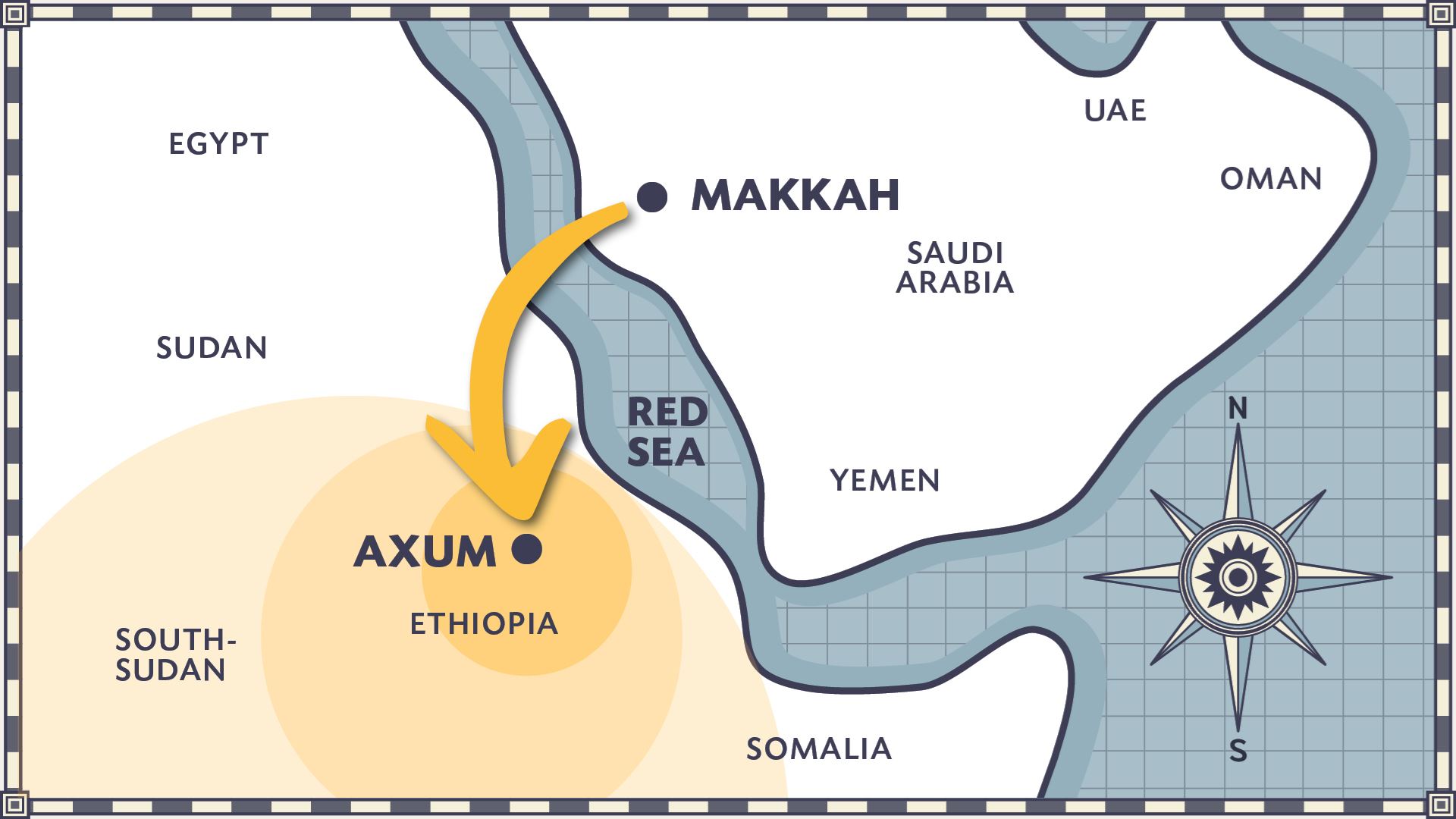
3. The justice of the Negus
The Negus featured in the early Islamic migrations to East Africa was Ashama ibn Abjar (ra). He was a practicing and learned Christian prior to the call of Islam reaching his lands and was a just ruler who did not tolerate oppression. In his youth he had also been a victim of injustice, sold into slavery after his uncle overthrew his father and took control of his kingdom. Following his uncle’s death, the people realised their mistake in supporting him when the incompetency of his sons became apparent. They then recaptured Ashama and made him the Negus. One of his first moves to establish justice was through commanding the people to compensate his previous slave-master, as they had stolen Ashama from him unjustly.
When Amr ibn al-‘Aas and ‘Abdullah ibn Abi Rabi‘a approached the Negus with gifts in exchange for the Muslims, he refused. Following their persistent claims that the Muslims were troublemakers, Ashama concluded that it was best to summon the accused and hear their defence.
In the court of the Negus, Ja‘far (ra) eloquently expressed the beauty of Islam, explaining how they had previously lived in ignorance and sin and how Islam had transformed their lives. He then recited verses from Surah Maryam (Chapter 19), proving the respect Muslims have towards ‘Jesus (as) and his mother Mary (as), causing the Negus and his bishops to shed tears.
The Negus understood that the Qur’an was from Allah and stated, ‘It seems as if these words and those which were revealed to Jesus [as] are the rays of the light which have radiated from the same source’. He refused to accept ‘Amr’s bribe and announced that the Muslims were free to live and worship freely in his land.
The Negus also said the following famous words, which are directly related to his own story and experience with injustice:
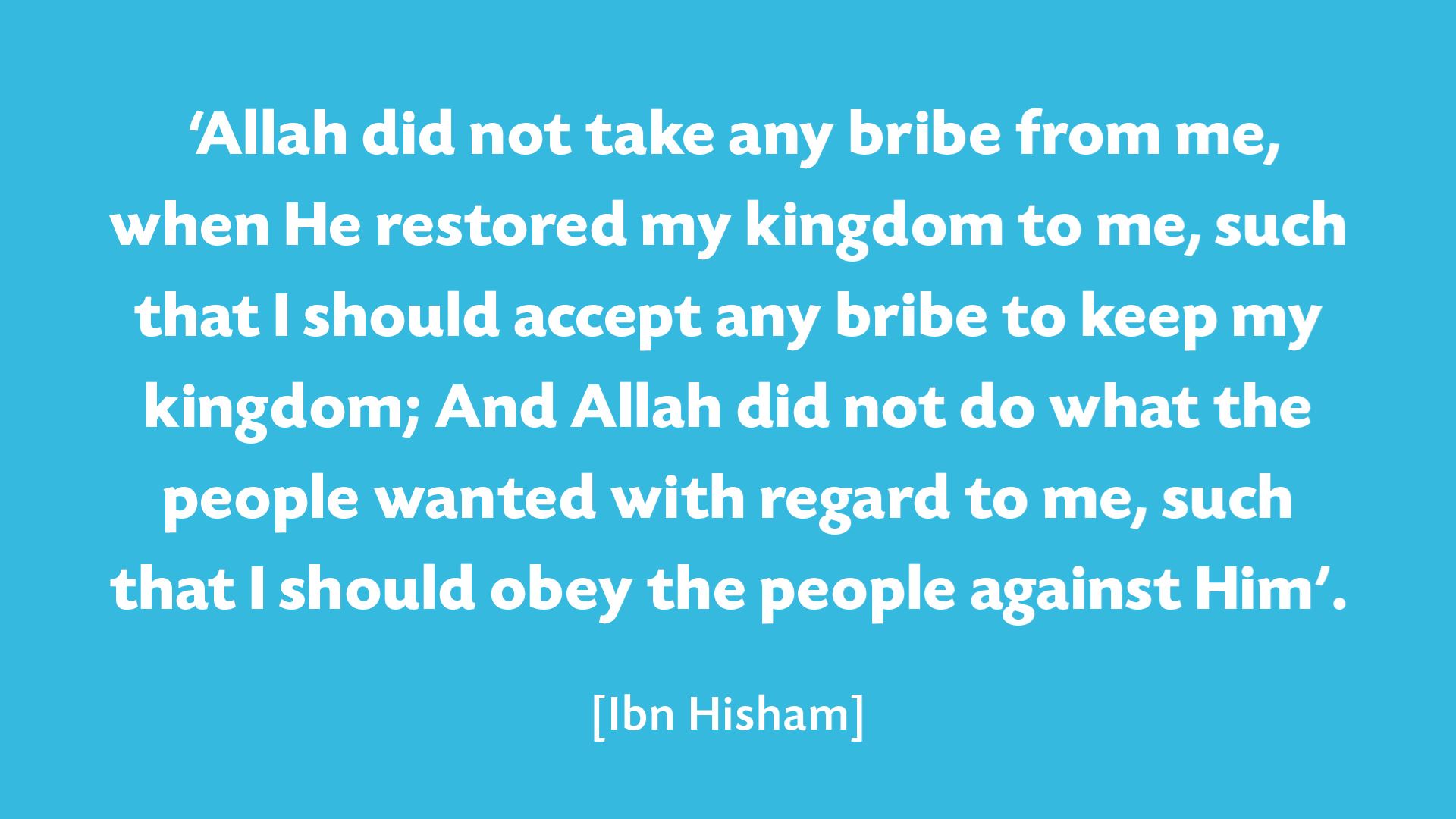
‘Amr ibn al-‘Aas later told the Negus and his bishops that Muslims blaspheme Jesus [as] by saying he is not God Himself, but a man of God and His Prophet. The Negus agreed to a second hearing for the Muslims to clarify their beliefs.
On the second day, Ja‘far explained that Jesus (as) is the servant of Allah, His messenger and His word which He blew into the womb of the virgin Mary (as). The Negus openly stated that this is what he too believed and remained firm even when his bishops began to grunt in disapproval. Once again, the Negus affirmed that the Muslims were to live in al-Habashah freely and without harm.
The Muslims remained there until after the hijrah of the Prophet (saw) to Madinah and the establishment of the Islamic community there. Najashi even gave them the ships they needed to sail back to the Prophet (saw). He became a Muslim in the year 7AH.
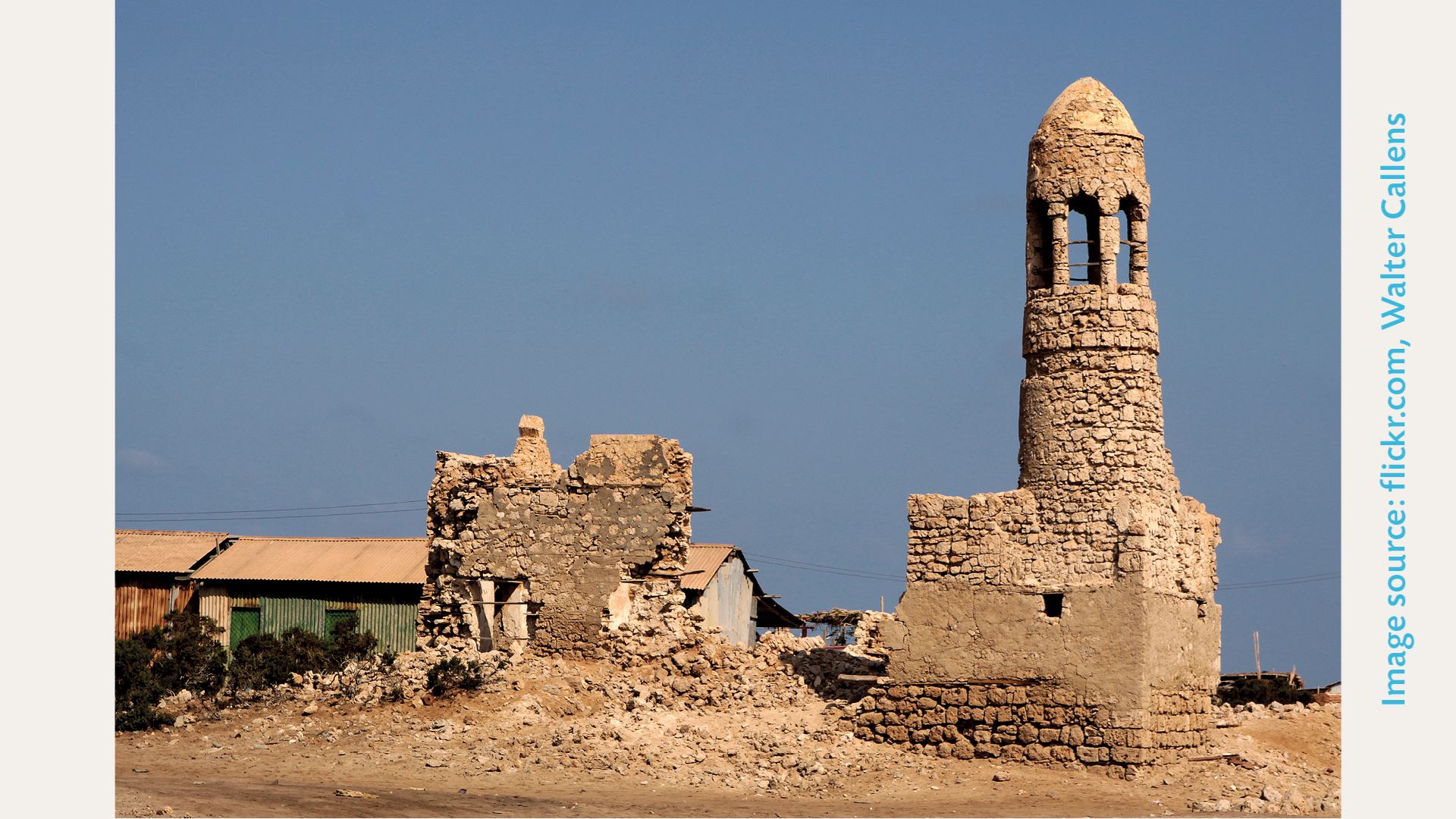
4. One of the earliest masjids in Islam is in Somalia
As the Muslims settled in al-Habashah, it was only natural for them to establish their own places of worship. The hijrah to East Africa took place prior to the hijrah to Madinah, which was where the qiblah was moved from Masjid al-Aqsa to the Ka‘bah in Makkah. This means that the Muslims living in Africa would have originally been praying towards the Sacred Sanctuary in Jerusalem, and only changed direction once the news reached them.
Sure enough, one of the oldest mosques in East Africa is called Masjid al-Qiblatayn (the Masjid of the two Qiblahs) which is also known as Labo-Qibla Masjid. It contains two mihrabs (enclaves showing the direction of prayer), one for each qiblah, and is located in Zeila in the north of Somalia.
Although in ruins, the mosque is a symbol representing the long history of Islam in East Africa. This is also one of the clearest indications that Islam was spreading in East Africa even before it reached Madinah!
5. Fiqh benefits from the hijrah to al-Habashah
The Negus passed away in the year 9AH, but as he was a secret Muslim, no one was able to pray the funeral prayer over him in al-Habashah. The Muslims prayed his janazah prayer in Madinah.
Jabir ibn ‘Abdullah (ra) stated that the Prophet (saw) said, ‘Today a pious man from Abyssinia (i.e. the Negus) has passed away, so arise to pray (the janazah prayer with four takbirs) upon him’. Jabir (ra) said, ‘We lined up in rows and after that the Prophet (saw) led the prayer…I was in the second row’. [Bukhari]
This prayer has become known as Salat al-Gha’ib (funeral prayer in absentia) and is a matter which has been discussed in the books of Fiqh (Islamic jurisprudence). It was through Islam’s spread to East Africa that this knowledge has reached us, alhamdulillah.
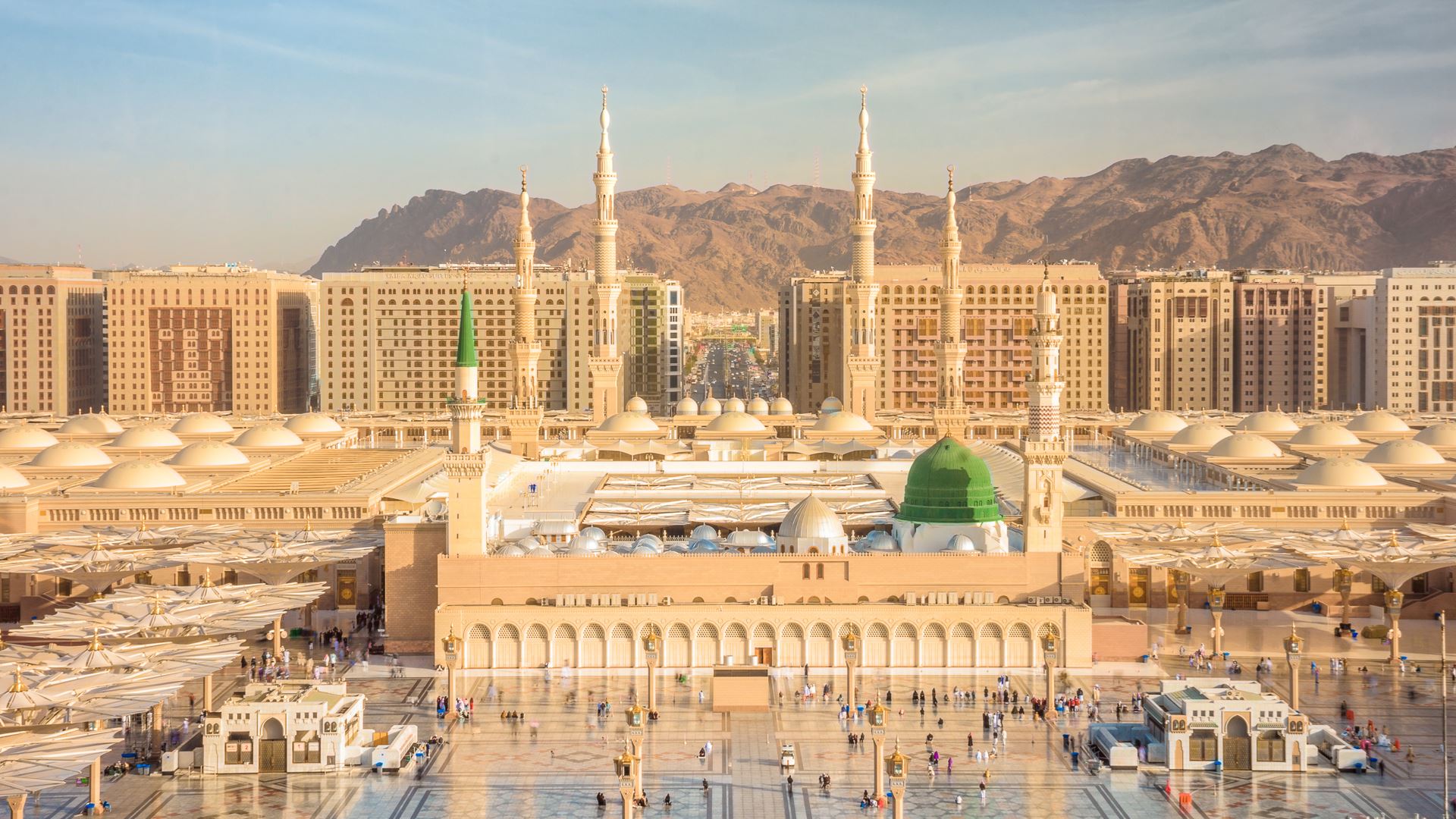
Prior to his conversion to Islam, the Negus gifted two pure black leather socks (khuffs) to the Prophet (saw). The companion ‘Amr ibn Umayyah (ra) brought this gift to the Prophet (saw) from East Africa:
On the authority of Ibn Buraidah from his father (ra) that Najashi gifted the Prophet (saw) two plain black khuffs. So, he wore them, then he performed Wudu’ and wiped over them. [Tirmidhi]
Here, another ruling in Islamic jurisprudence is derived as a result of Islam’s early days in East Africa. The four schools of thought have long discussed the permissibility of wiping over leather socks when making Wudu’.
6. The Prophet (saw) wanted to serve the people of al-Habashah
Our beloved Prophet (saw) didn’t forget the hospitality of the Negus and his people in giving his vulnerable Companions (ra) permission to live in East Africa in safety. He truly wanted to return the favour and serve them in appreciation for their service to Islam.
When a delegation of the Negus visited Madinah and came to the Prophet (saw), he immediately stood up to serve them. His companions said to him, ‘We will suffice you’, meaning they could accommodate the visitors, but the Prophet (saw) was very keen to serve them himself and said:
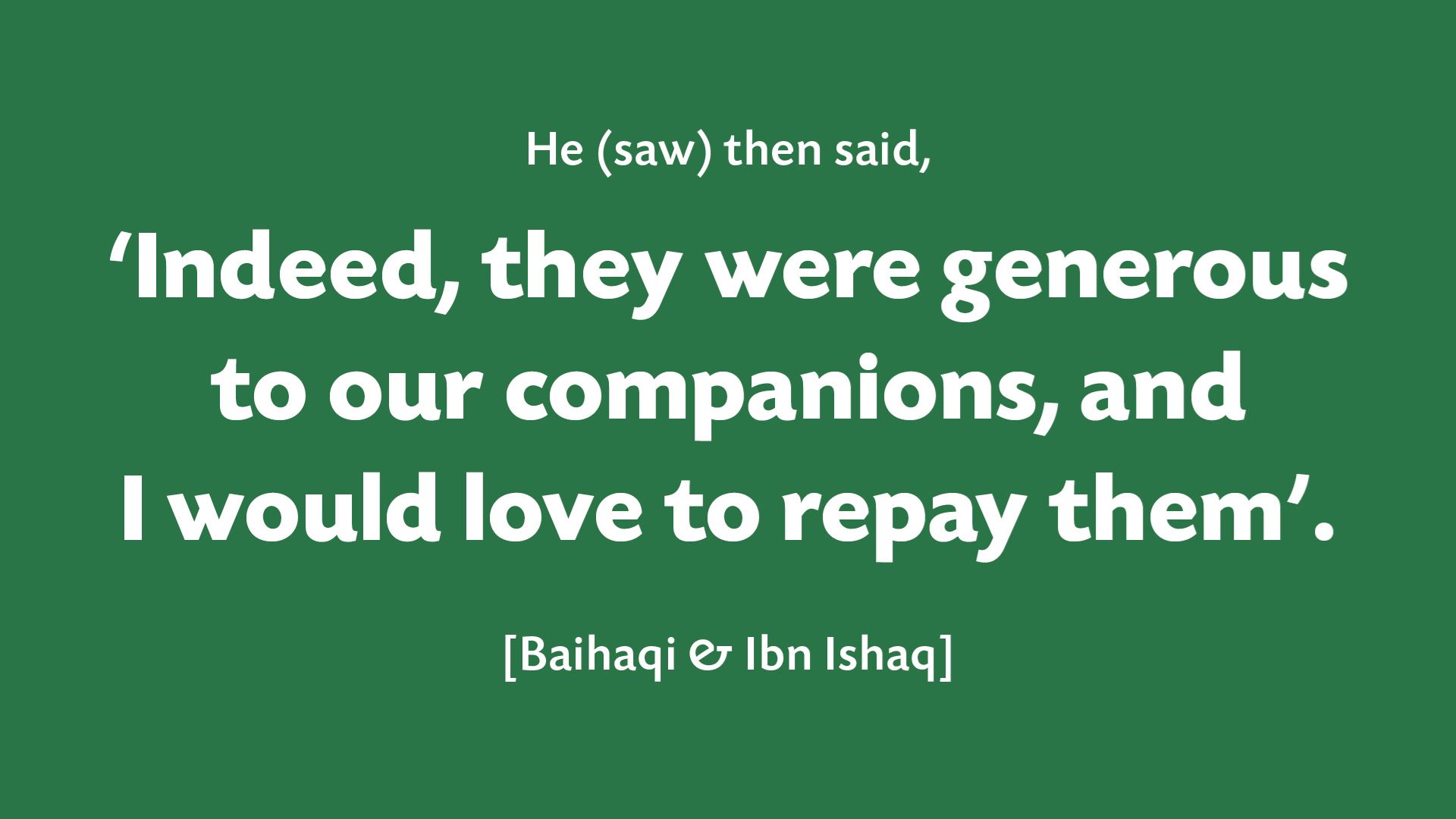
Just as the Prophet (saw) stood up to serve the people of East Africa, we too can follow in this Sunnah by standing with our brothers and sisters in their time of need. The Horn of Africa is witnessing its most devastating drought in 40 years, forcing millions of people towards famine.
Our Prophet (saw) saw it as an honour to look after the people of al-Habashah, and we find ourselves again with the distinct honour of repaying the people of this land, whose forefathers once provided refugee and shelter to the early Muslim community.
For more incredible facts, check out our previous blog on the historic links between the Prophet (saw) and Ethiopia.
We pray that Allah lifts them out of this time of hardship, sending rain and hope for them, and using us to come to their assistance, amin.





